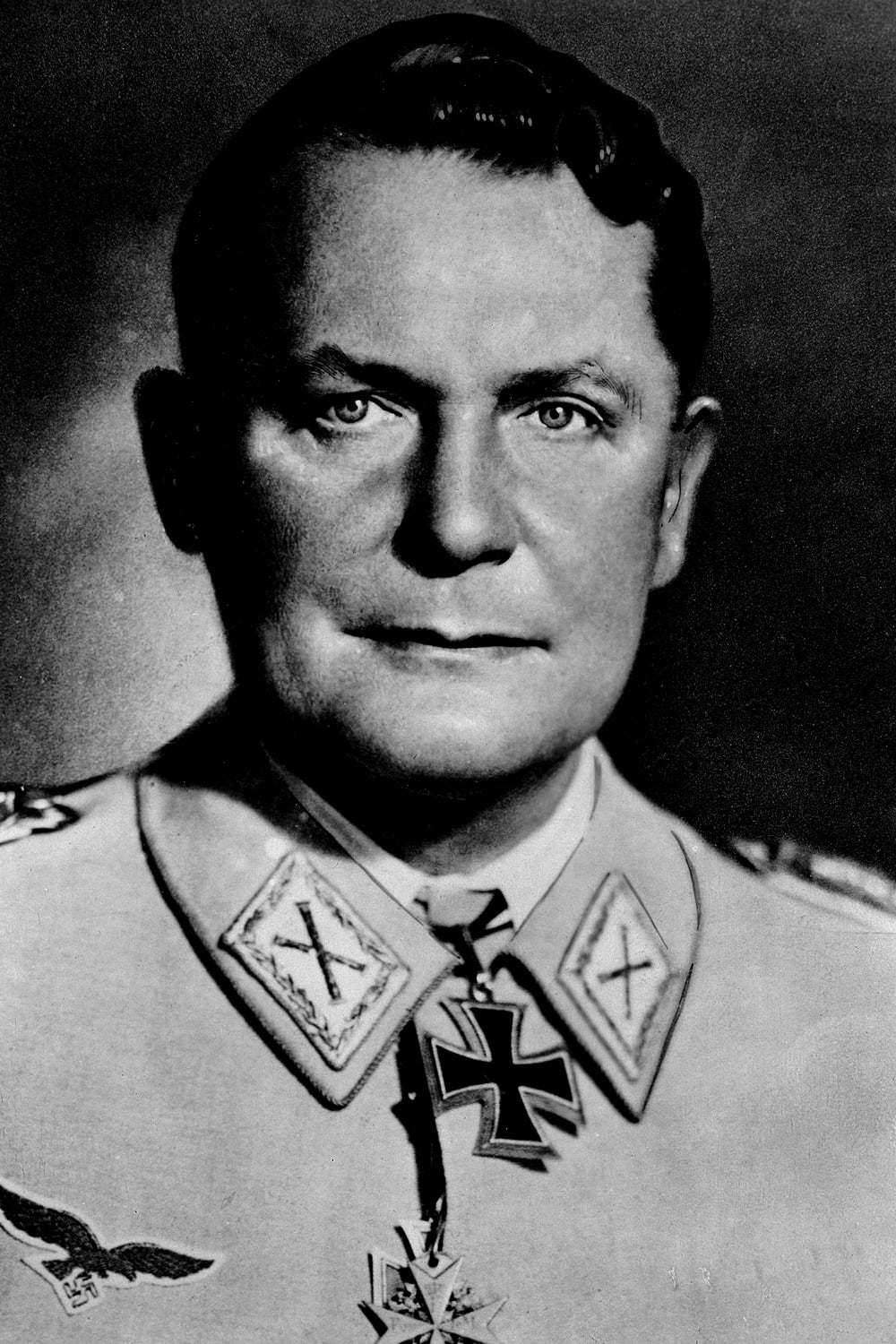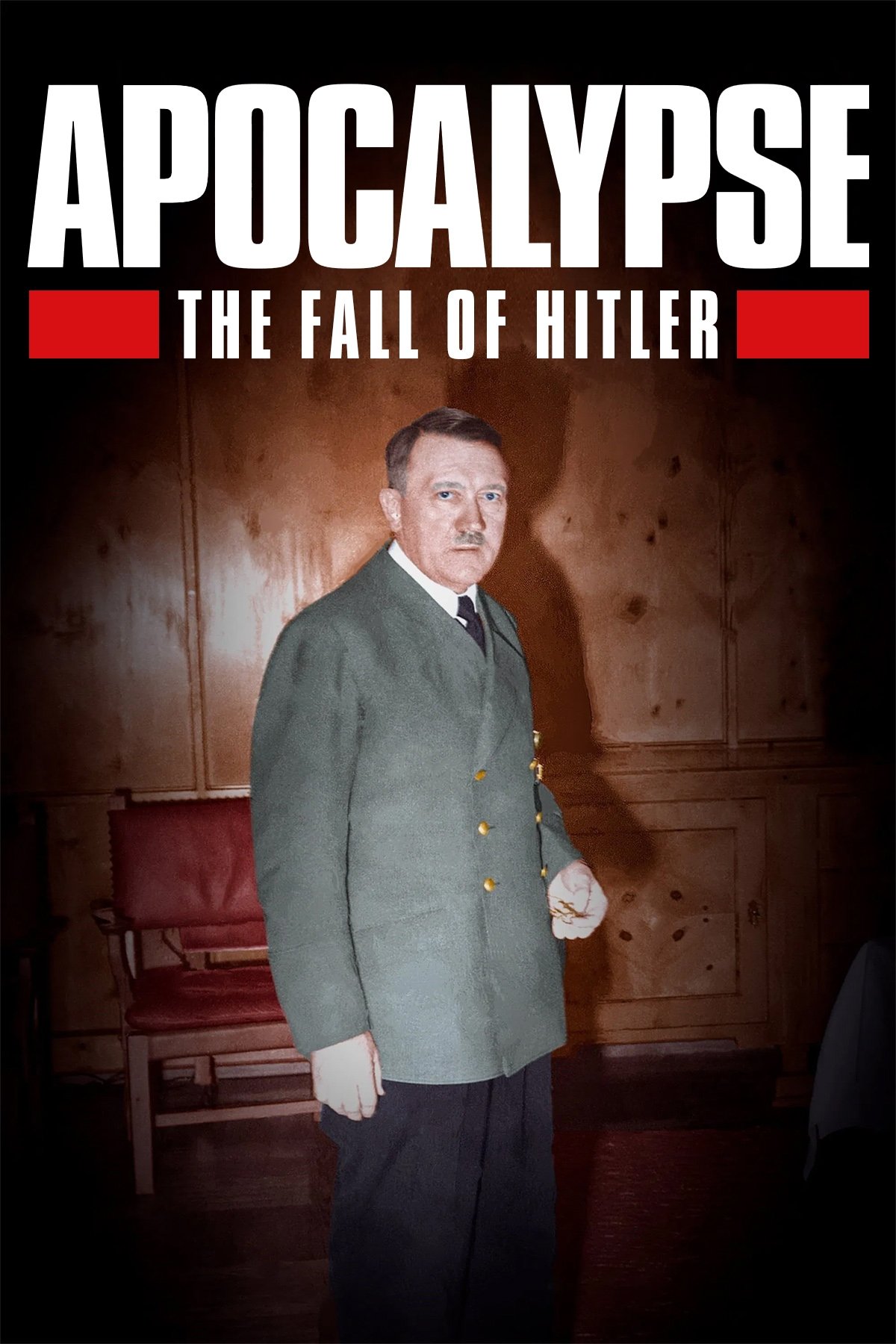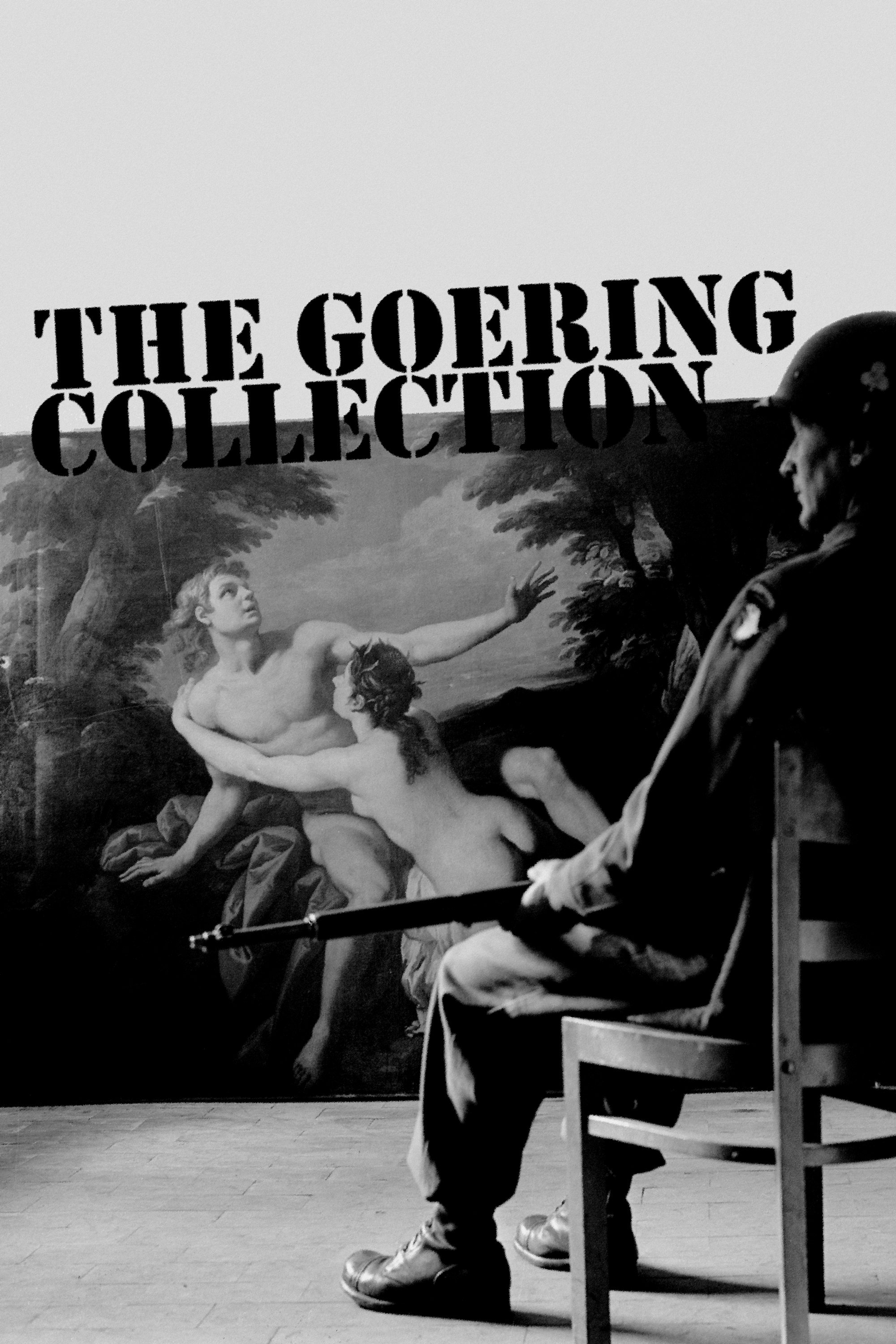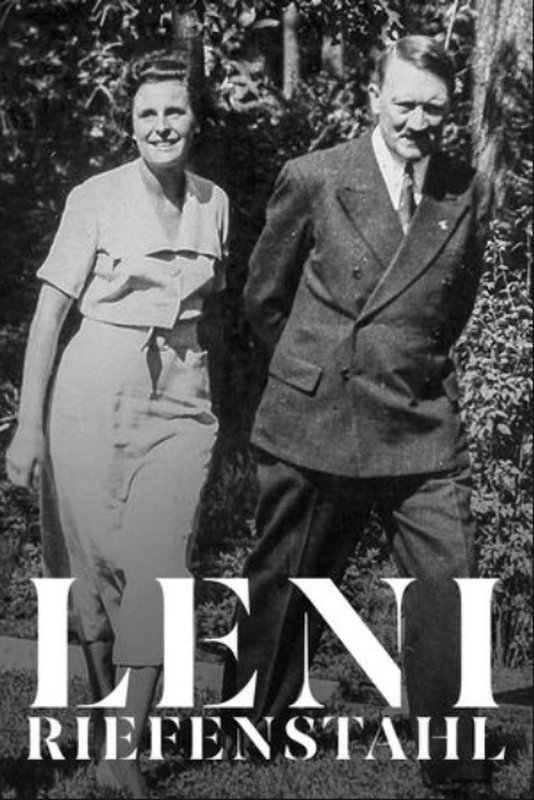

Hermann Wilhelm Göring (12 January 1893 – 15 October 1946) was a German politician, military leader and convicted war criminal. He was one of the most powerful figures in the Nazi Party, which ruled Germany from 1933 to 1945.

Summer 1943: Hitler engages in a decisive battle in Kursk...

In 1945, two young American soldiers, brothers Budd and Stuart...

It was arguably the deadliest conference in human history. The...

Germany, 1929. Helmut Machemer and Erna Schwalbe fall madly in...

For more than a decade, Reichsmarschall Hermann Goering, Adolf Hitler's...

Countless people around the world know the pictures from Leni...